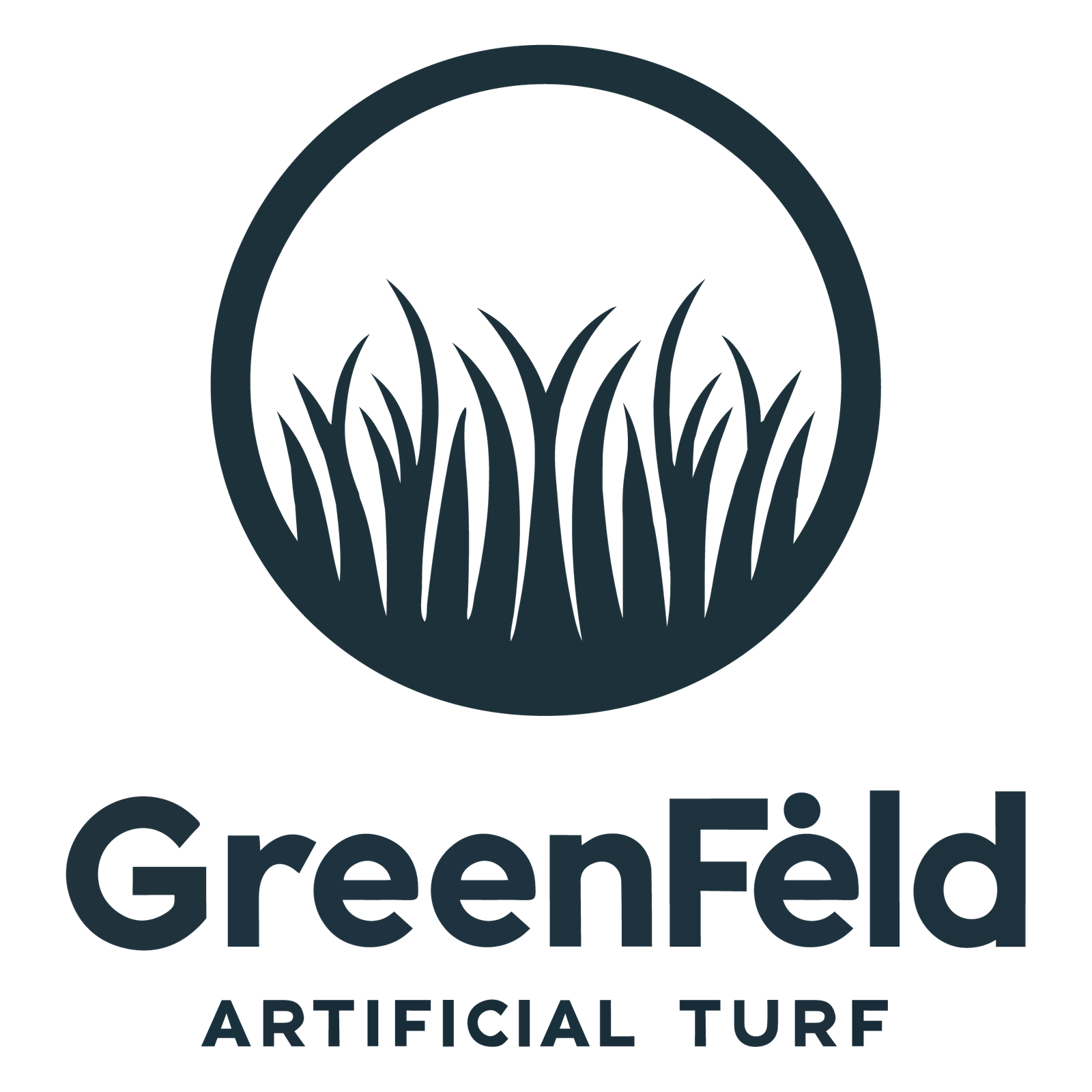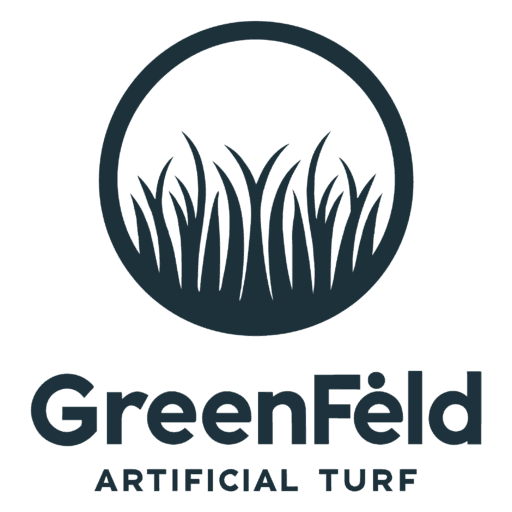Many fans wonder about the different surfaces used for football fields. I noticed confusion about artificial turf, natural grass, and hybrid systems. Let me clear the doubts.
The main football field surfaces are natural grass, artificial turf, and hybrid grass systems. Each option affects player safety, traction, maintenance, and cost. Knowing their differences helps you select the right surface for performance and longevity.
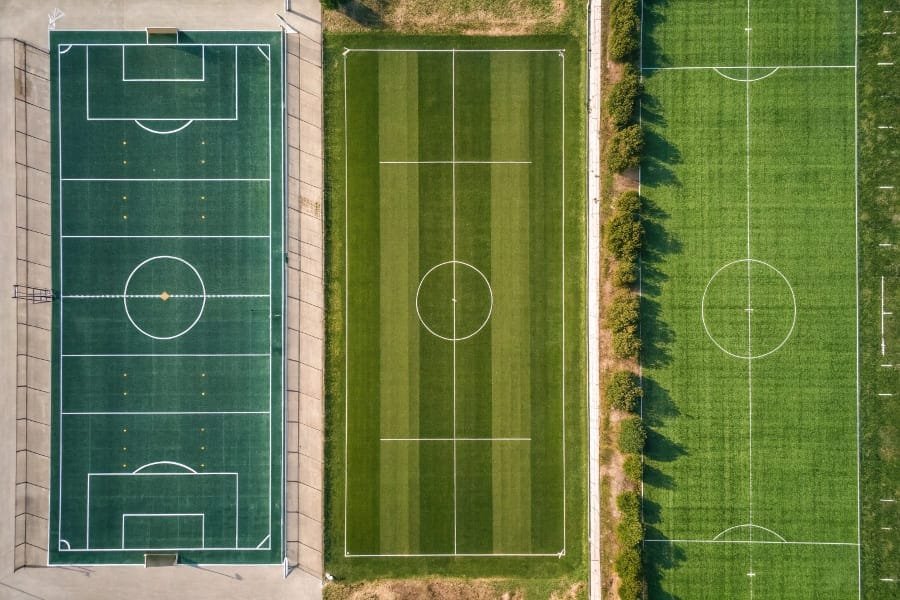
football field surfaces
Let me share my thoughts about each type of surface. I will also reveal which turf options offer the best balance of durability and playability.
Which turf is best for football?
Many clubs face constant questions about turf choice. I remember feeling overwhelmed when exploring artificial options. This conflict can cause confusion, frustration, and extra expenses.
The best football turf depends on budget, climate, and usage. Natural grass provides traditional play but requires heavy upkeep. High-quality artificial turf is low-maintenance and consistent. Hybrid systems combine real grass with synthetic fibers, offering a balance.
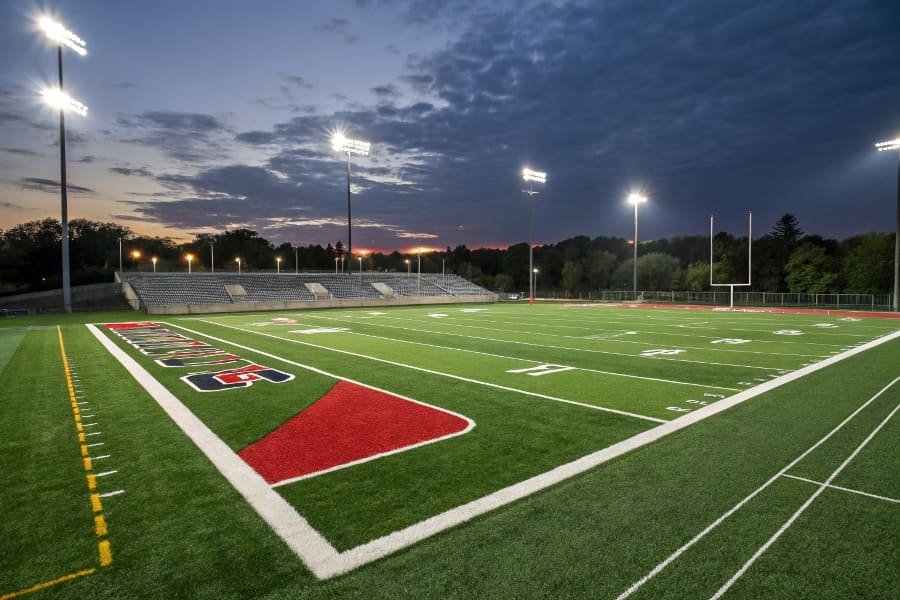
best football turf
Natural Grass Pros and Cons
Natural grass offers authenticity, with softer footing and traditional aesthetics. It can reduce impact-related injuries and dissipate heat better. However, it needs irrigation, fertilizing, and constant mowing. Weather can also damage grass, leading to muddy surfaces or dead patches.
Artificial Turf Advantages
Artificial turf demands minimal watering and stays green year-round. It is more resistant to heavy usage, especially in multi-purpose stadiums. But it can increase surface temperature, and older types sometimes triggered injury concerns. Modern synthetic infills and advanced materials have improved safety. For instance, crumb rubber infill has given way to organic and silica-based options, reducing heat buildup.
In my experience, hybrid systems combine the strengths of both. They stitch synthetic fibers into natural grass, improving durability while retaining a natural feel. Though more expensive initially, they suit elite stadiums aiming for top-level performance and resilience. I have seen professional clubs reduce costly re-turfing by switching to these hybrid solutions, boosting both gameplay quality and long-term savings.
| Turf Type | Maintenance | Durability | Player Comfort |
|---|---|---|---|
| Natural | High (mowing) | Moderate | High |
| Artificial | Low (brushing) | High | Medium |
| Hybrid | Medium (overseed) | High | High |
What is the best turf for a football field?
Stadium owners often face criticism if their field surface underperforms. I remember feeling pressure from fans and players, worried about injuries and overall field aesthetics.
The best turf choice addresses performance, safety, and budget. Elite stadiums favor modern hybrid grass for top play and resilience. Smaller facilities pick artificial turf for its reliable surface, lower maintenance, and consistent appearance. Natural grass still suits those who value classic feel and acceptable upkeep costs.
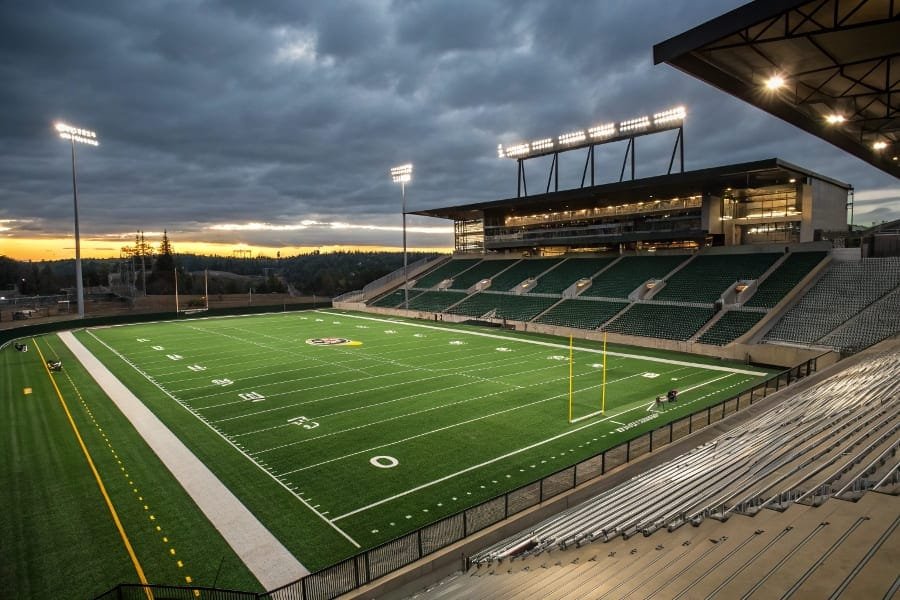
best football field turf
Performance Metrics
Football surfaces must handle frequent impacts, quick directional changes, and intense foot traffic. Natural grass can tear easily if maintenance is lacking, while artificial turf remains uniform. Hybrid grass systems also uphold strong footing, even in bad weather. From my perspective, consistent traction can reduce slip-related injuries.
Safety Considerations
Safety rests on shock absorption and heat retention. Natural grass offers softer landings, but mud or uneven patches lead to twisted ankles. Artificial turf sometimes runs hotter, especially in warm climates. Hybrid solutions reduce this heat issue and maintain stable ground. Each facility should weigh local climate and usage.
In my experience, no perfect solution exists for every venue. Some owners prioritize authenticity, while others need consistent performance year-round. I advise looking at budgets, player feedback, and climate factors.
| Factor | Natural Grass | Artificial Turf | Hybrid Grass |
|---|---|---|---|
| Traction | Varies if worn | Consistent | Consistent |
| Heat | Cooler surface | Can get hot | Moderate |
| Upkeep | Intensive | Moderate cleaning, brushing | Medium, plus specialized care |
Personally, I recommend testing sample turf systems before final installation. This helps you measure comfort, traction, and durability under realistic conditions. With comprehensive planning, you can choose a surface that supports player performance and reduces recurring issues.
Conclusion
I have seen how each surface fits different budgets and climates. By understanding the options, you can pick a football turf that meets player needs and endures frequent use.
